Akio Hasegawa's interview series "Don't work seriously!! (tentative title) Vol.01 Yuji Machida Part 2

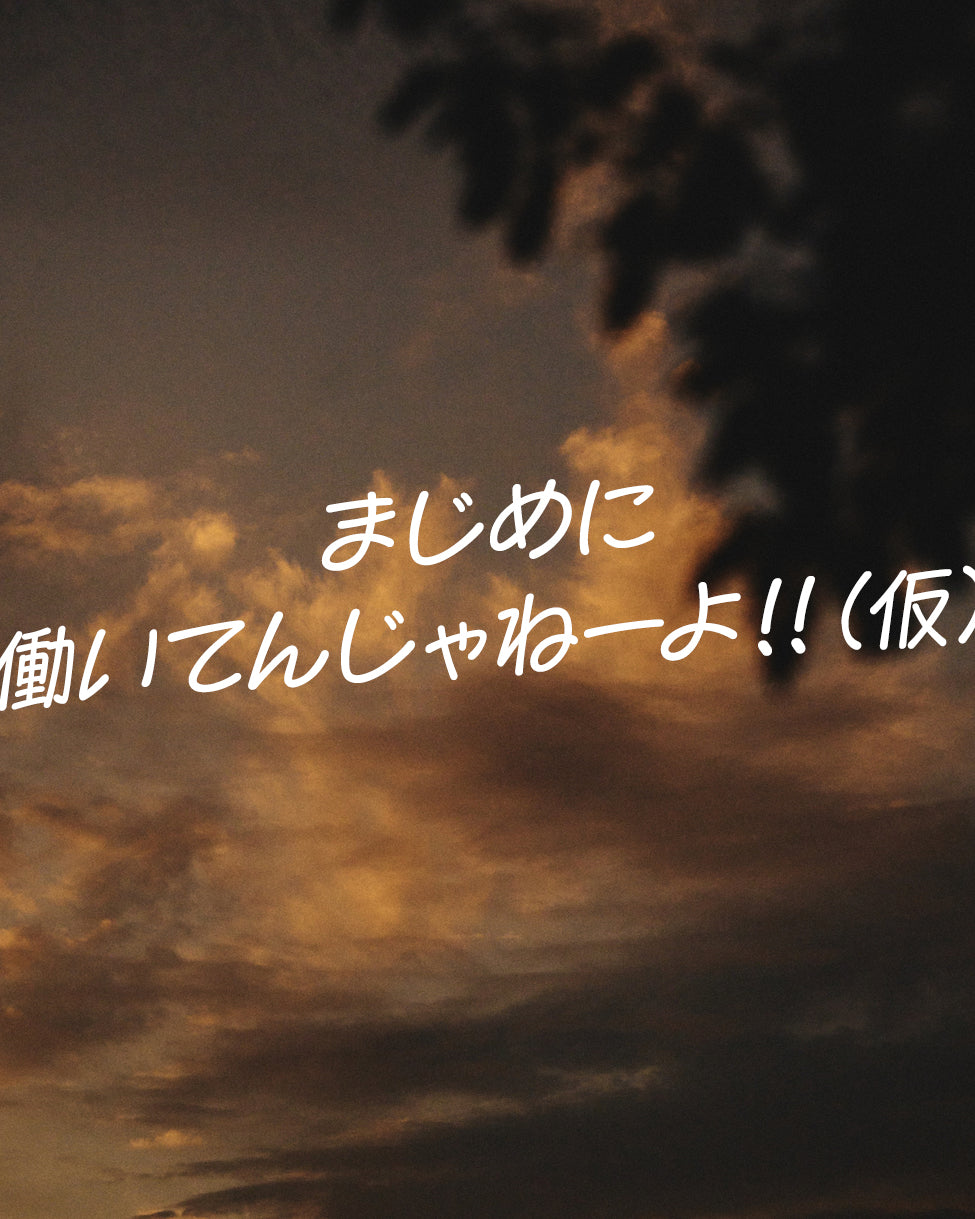


Fashion director and stylist. He has been involved in the production of the British magazine "MONOCLE" since its launch and built the foundation for its fashion pages. In 2014, he became the magazine's fashion director. He also served as the fashion director of the magazine "Popeye" from 2012 to the fall of 2018. In 2019, he launched the fashion web magazine "AH.H" in collaboration with Houyhnhnm.
Editor-in-chief of "POPEYE". Joined Magazine House in 2001. After working in the editorial departments of "anan" and "BRUTUS", he assumed his current position at the end of 2019.
After the first part at the beach house "Papaya" on Yuigahama Beach in Kamakura, the second part moves to Kamakura's Italian restaurant "Osteria Comacina". With simple, flavorful dishes and a wide variety of wines, "Comacina" is a mysterious restaurant that is relaxing and exciting no matter when you go.
As a result, we ended up eating and drinking a lot, and had heated discussions about work, editing, and editors until late into the night.

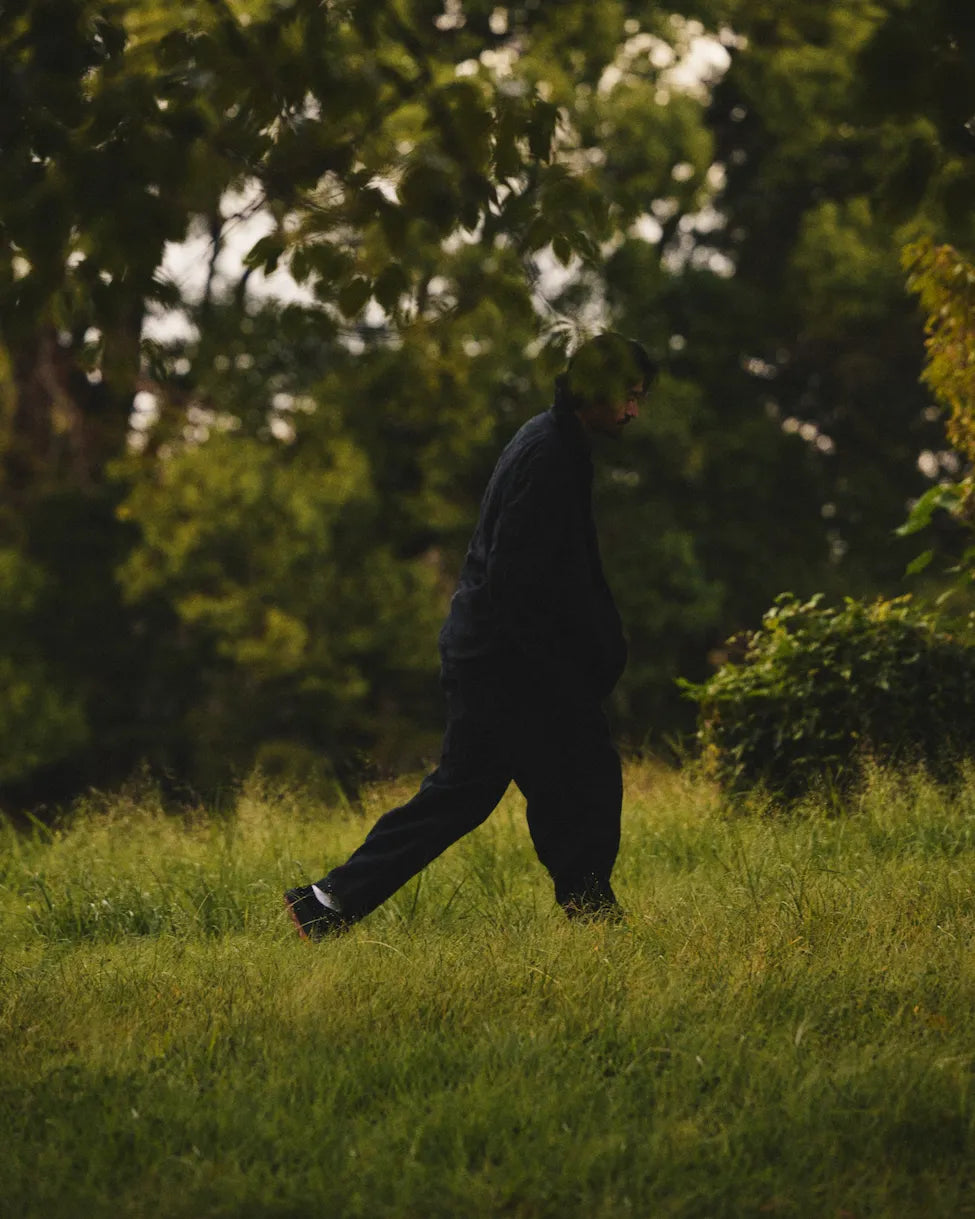
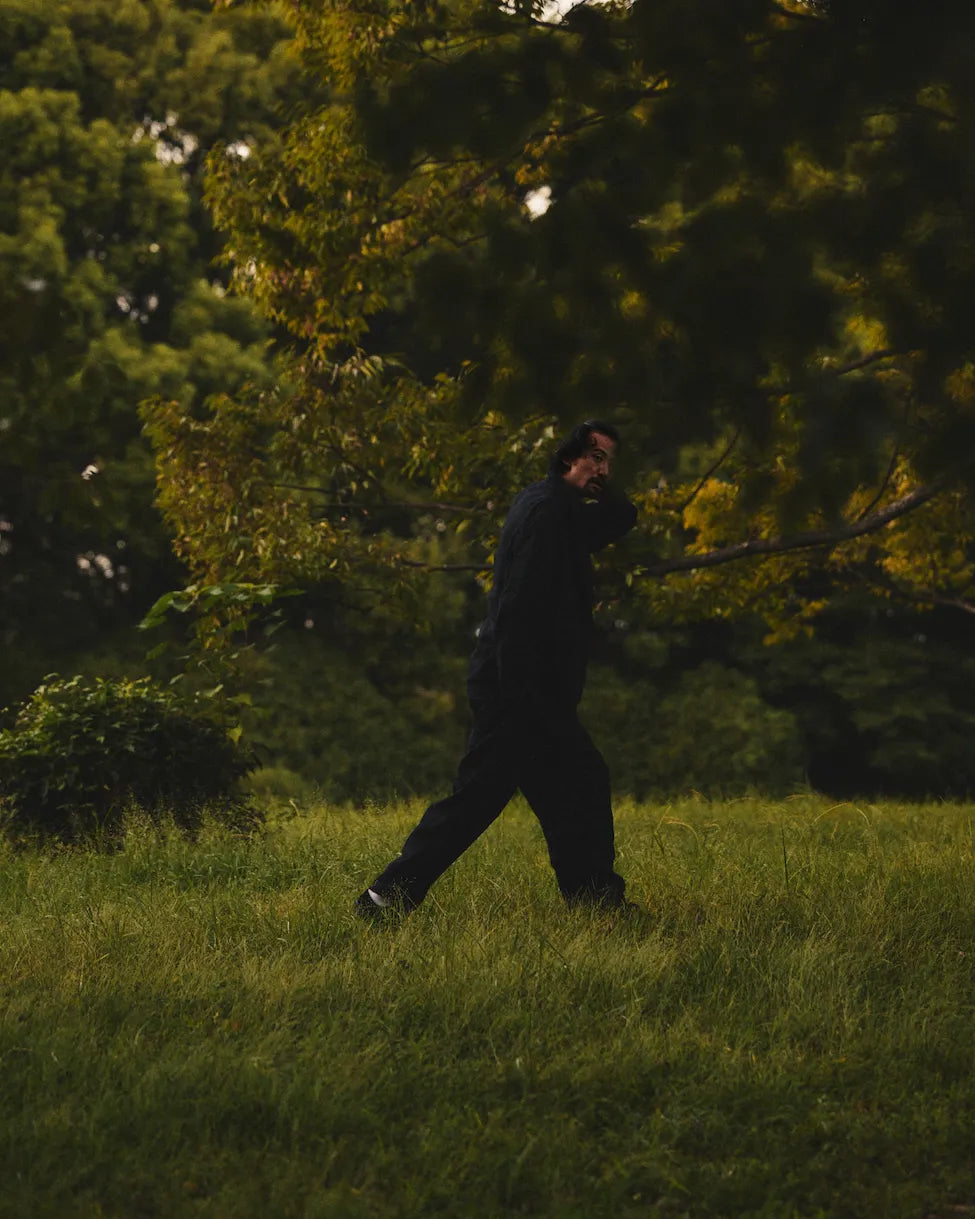

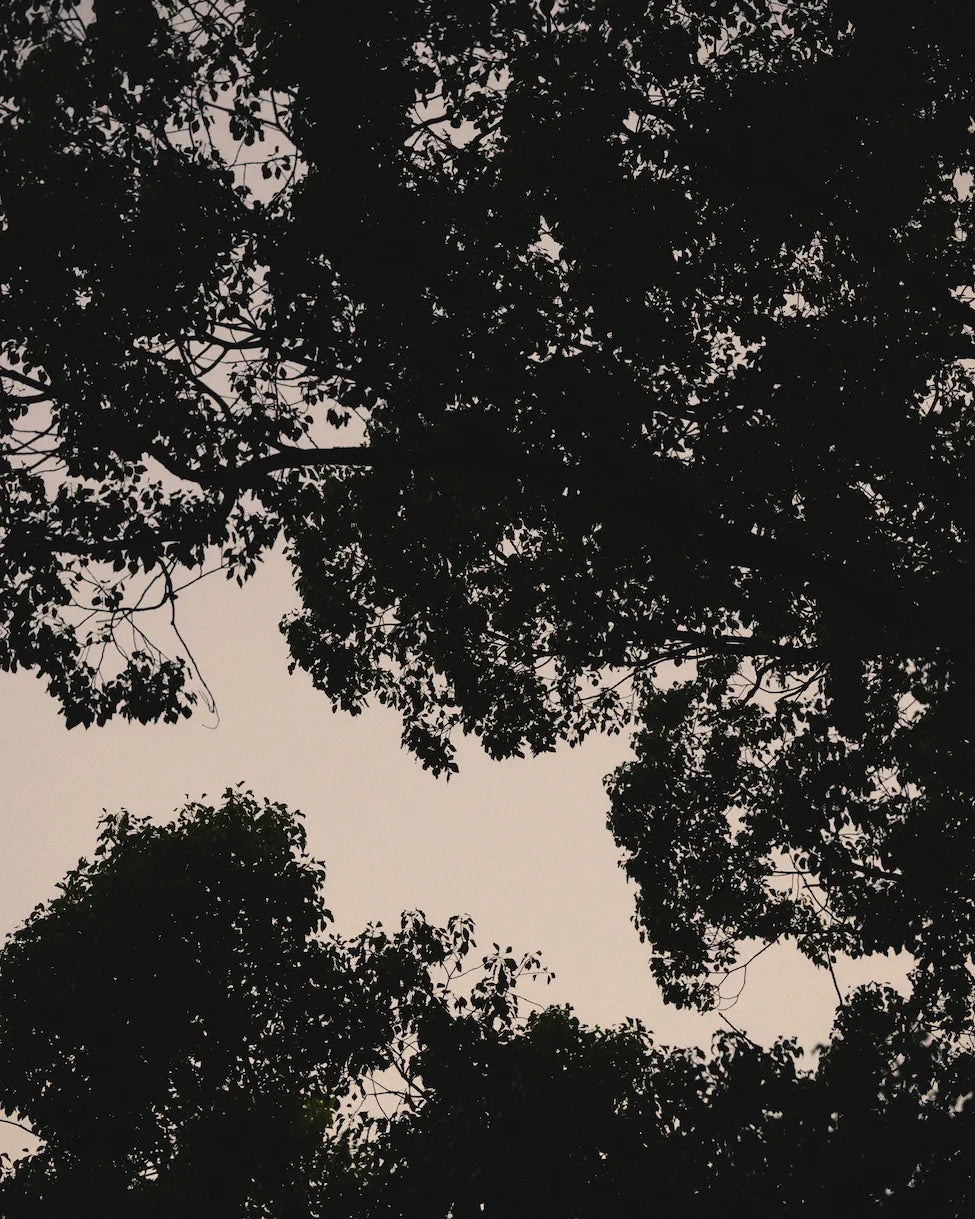
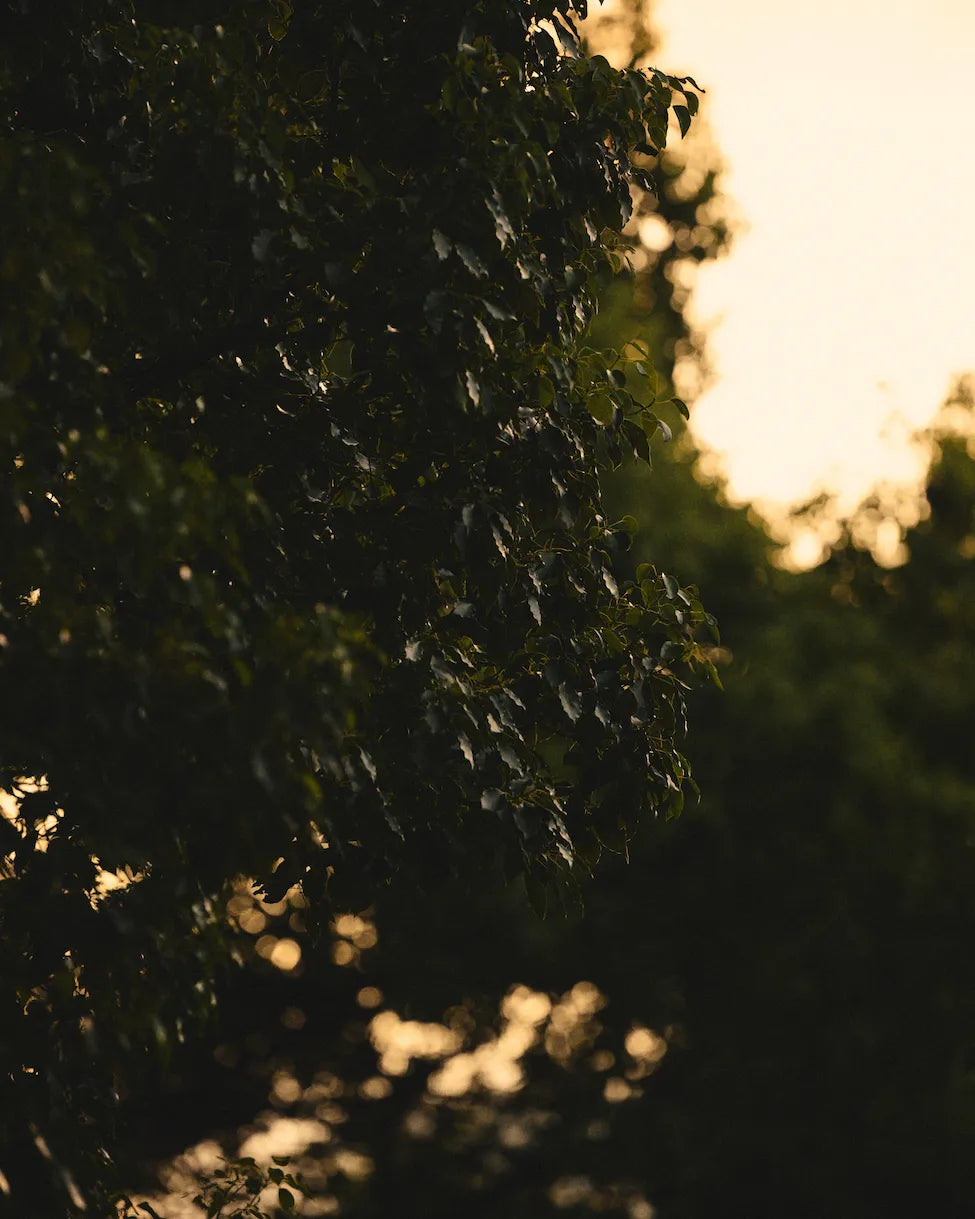
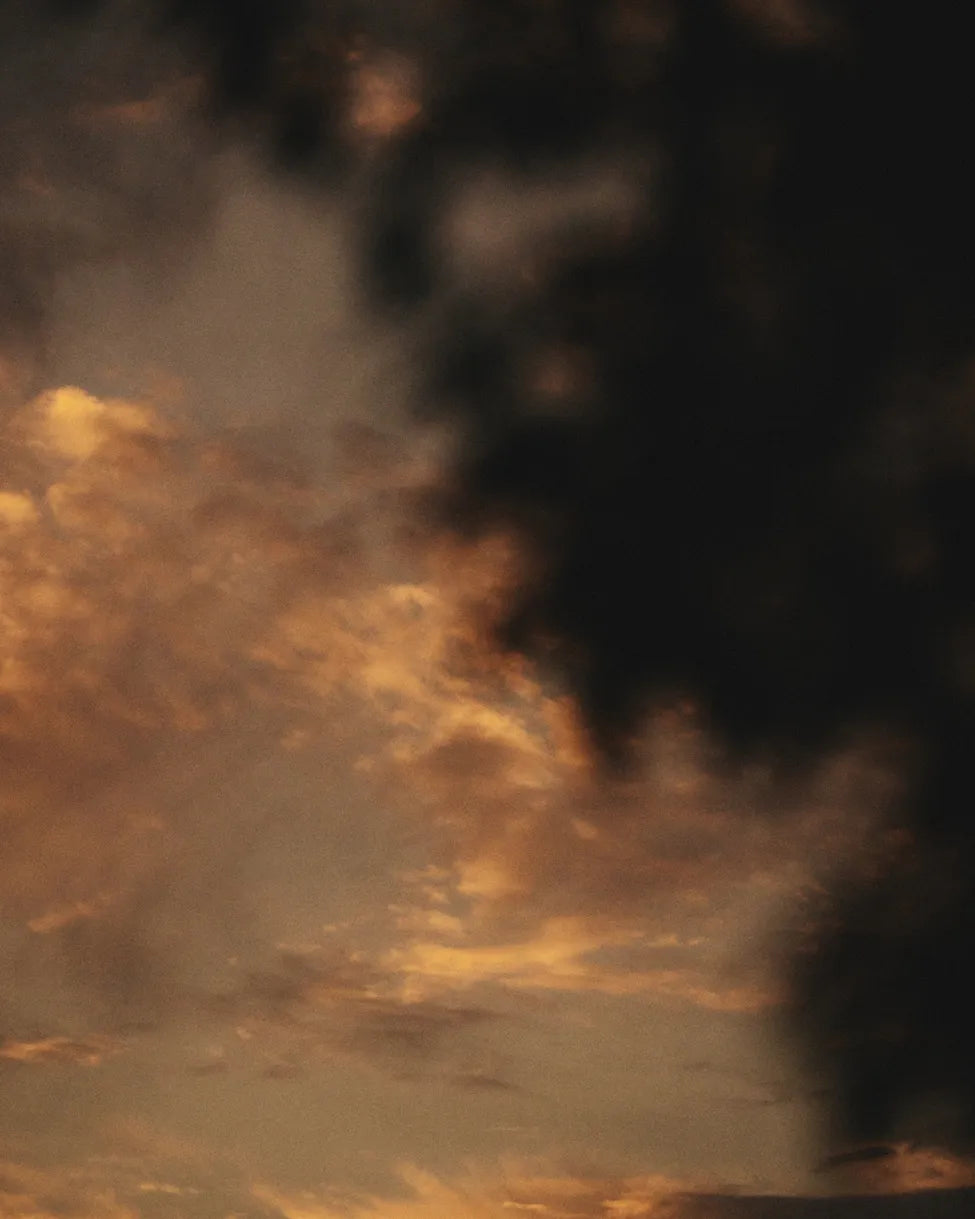
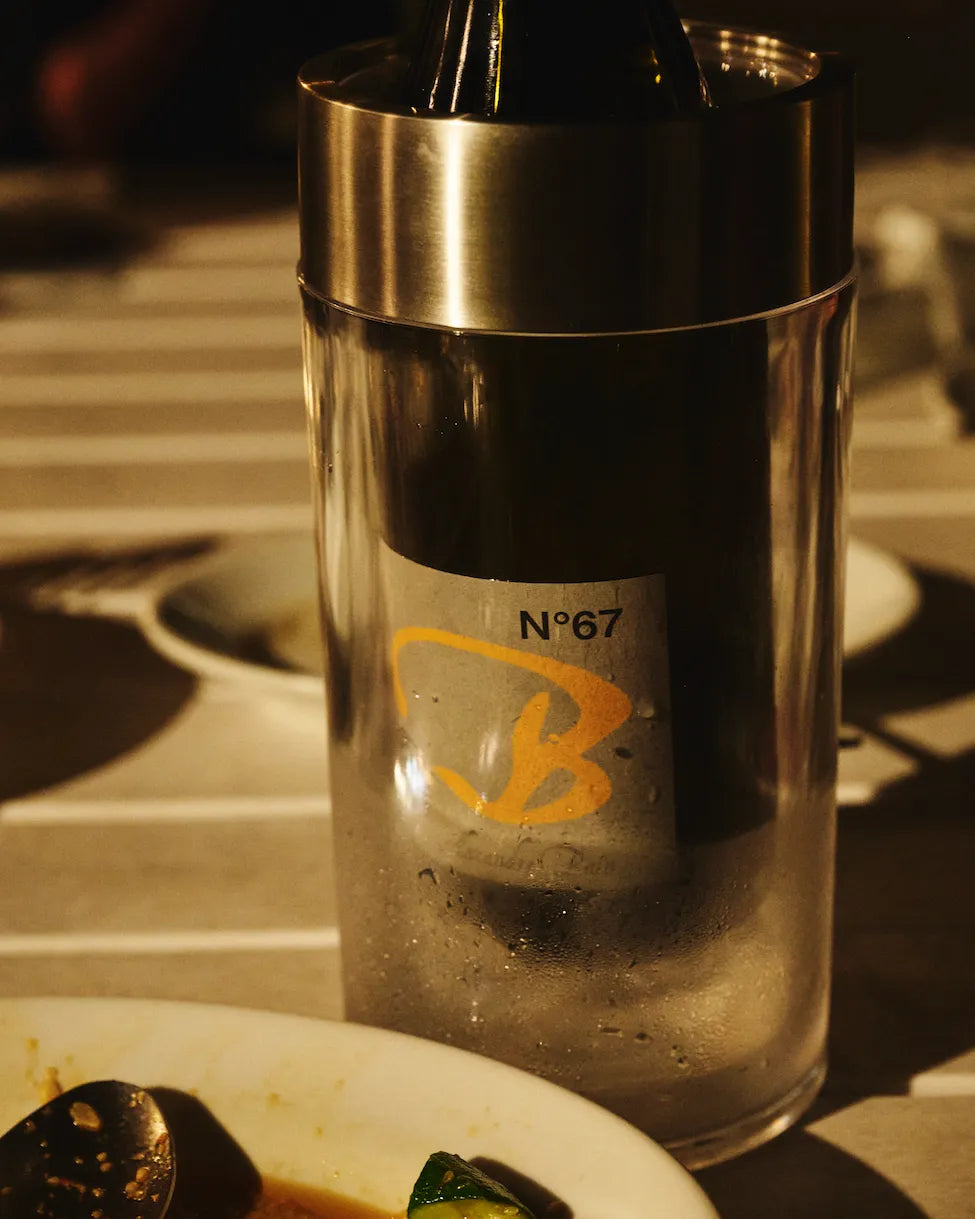
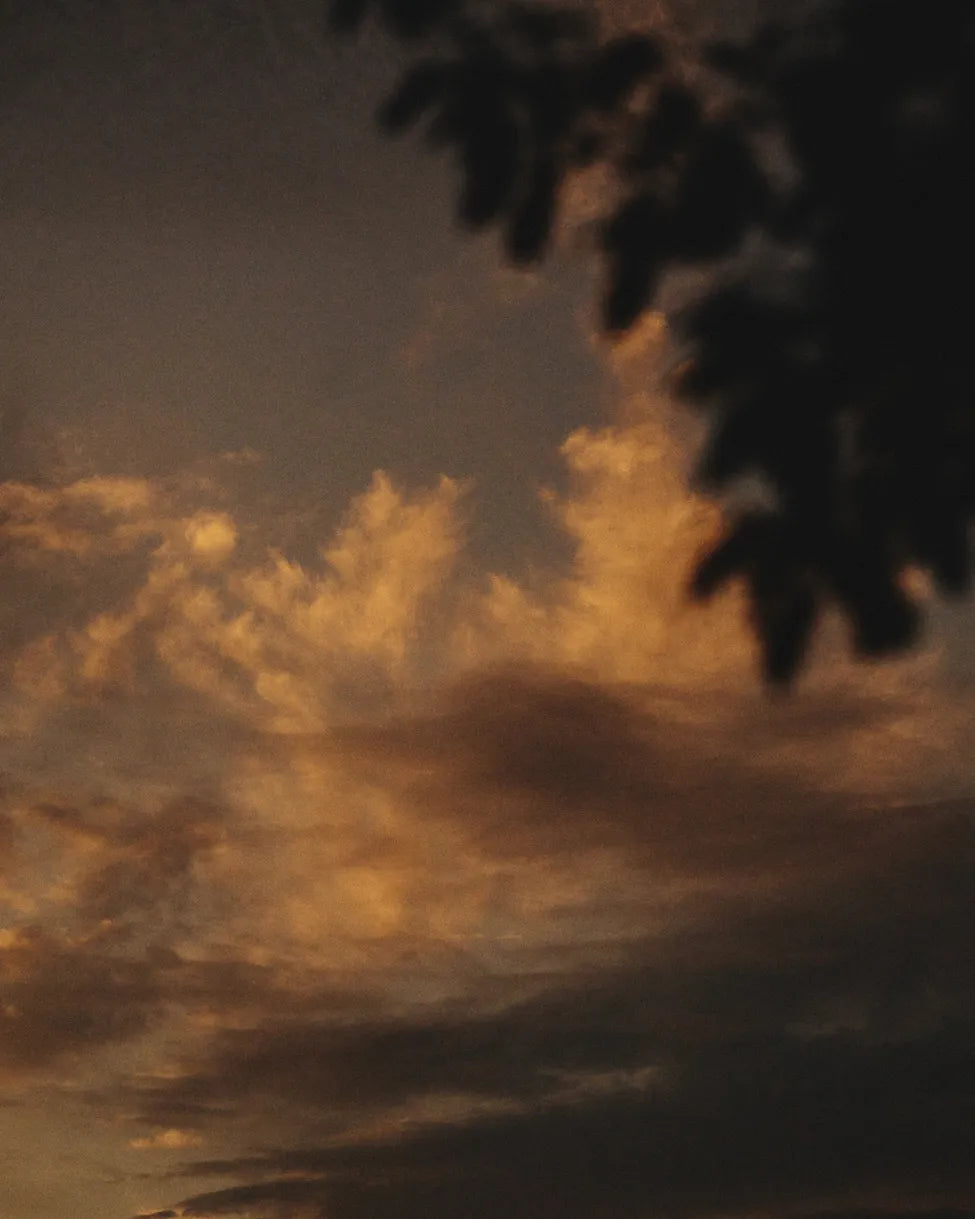
Mr. Machida, do you ever go to the set of POPEYE?
No, I hardly ever go. But that's because I try not to go on purpose. Even if I go, it's not very useful (laughs). Also, everyone hates it, so it changes the dynamics on site. Actually, there are a lot of interviews I want to do. But if I really want to go to the site, I think it's better to plan it myself. After all, the site is fun, and I need to create more opportunities to go to the site.
That's right.
It's been about five years since I left "BRUTUS" and came to "POPEYE", but up until now I've been working on cultivating the soil, so I think it's time to start. It all changes depending on who the editor-in-chief is and what kind of team we have. We're not making industrial products, so if the people change even a little, we can't make the same thing.
There is. Yeah, I get it.
On the other hand, isn't it also the role of an editor to create something that works well at that time and with the people who are there?
This article is exclusive to monthly members
To read more
All articles are free to read. All content is free during the trial period.
Buy a Monthly Membership Log in